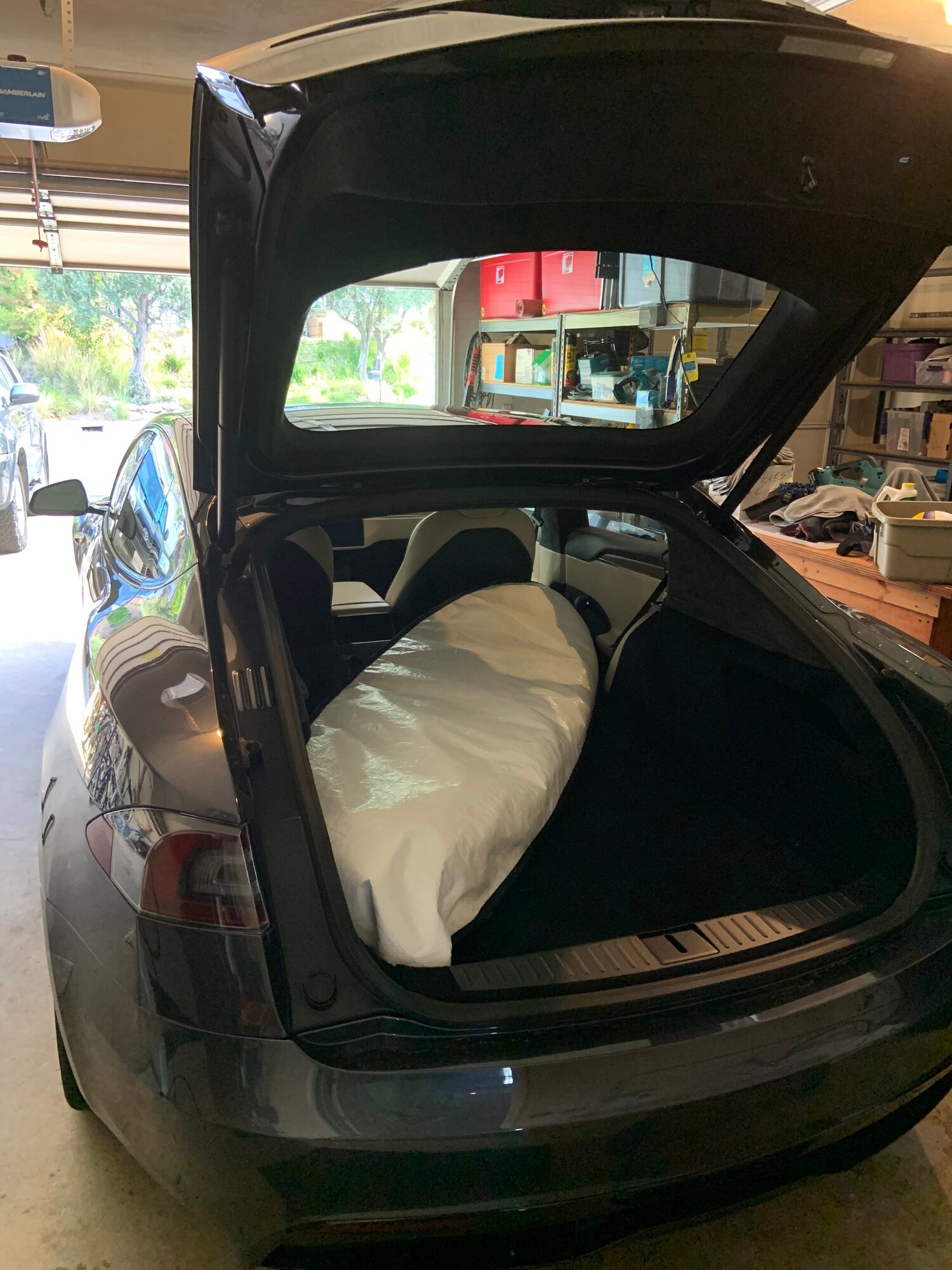Moving to the correct location
I've posted a few comments above but have only spent twenty minutes in the car. It builds energy so quickly and the yoke is VERY different so I have yet to get confidence to push the car at all. I will do so over the days to come and try to post observations in areas not covered by (the most excellent work done by) others. I'll also post pictures if I run out of talent (gotta own your mistakes).
One thing screamed at me imediately. The wheels and tires do the car a huge disservice. I am sure the big rear tires are very good for at the limit straight line acceleration but you pay a huge price in the rest of the driving envelope. Tesla's traction control can easily handle a reduction in rear longitudinal grip so a little less rear rubber is very doable. Again, this is only my opinion and you know what they say about opinions

I'd be willing to bet you can get into a corner and exit out much harder with less rubber and rim weight. If I am right, the only advantage the big rears will have is appearance and drag racing. Good if that is your thing. I spend near zero time drag racing but have several favorite (and safe) corners on my way to and from the hangar so I would use the handling daily.
OCS300 said:
Why not go to 285s all around?
I've been spending a lot of time on the Will They Fit configuration page looking at rim widths, offsets and tire sizes. Given you really can not try and return, I'm trying to narrow in on a good compromise that has the best chance of not causing problems. 265 does fit up front without rubbing so the exposure is .5" wider rim. This risk seems reasonable with that change. I would prefer 9.5" rims but the ones I have the most experience with only come in inch increments. I prefer the same rim/tire on all four corners so I only have to buy one spare rim.
I also have 100k miles of experience with 255s on my PD. I'm happy with the balance and at the limit grip given the tons of experience on the rubber. 265s with an inch wider rim will provide just a little bit more tire width so it should not affect range over what I am used to.
The above said, I do realize I am going under what Tesla is shipping be they 19s or 21s. There is always risk going narrower.
Back from a bike ride where it occurred to me that I too was disappointed with (what appears to be) uprated front brakes. I did not do any high energy braking for reasons explained above but what little braking I did left me surprised with the lack of initial grip followed by the feeling that the pads were gliding across the rotor surface.
I've felt this before with green brakes that needed bedding. Race teams send their rotors and pads out to a brake dyno to have both components properly bedded in a controlled repeatable environment. They do not want to use precious track time to do this and simply do not trust professional drivers to do it correctly consistently.
These are obsolete Brembo rotors purchased from a team that had moved to Performance Friction. Note that they all look used inclusive of heat sensitive paint which has reacted. They are new, just bedded and ready for track use.
http://www.lolachampcar.com/images/Generic Spares/Some Rotors.jpg
I normally do both mine and my wife's S' when we take delivery as they always feel a bit green. The Plaid's are VERY green and, if you tried any high energy braking before bedding, you would certainly glaze the rotors and pads which dramatically reduces braking performance. Tesla rotors readily surface corrode with just a little water. If this is still the case with glazing, this might give people a chance to recover. If not, we used to have to take the rotors and pads off, clean to bare metal and fresh pad with an abrasive wheel then re-try to properly bed them.
I've typically turned off re-gen to bed S pads in the past. It will be interesting to try and do it accounting for re-gen this time around as there is no way to turn it off. Another forum member has pointed out some differences in the rear calipers. If Tesla is doing something with torque vectoring under braking to increase stability it may be even more difficult trying to get the right amount of heat/energy into the fronts and the rears without overdoing either.
Fun stuff to keep a nerd busy.
All off topic. This has been my home for the last 8 weeks but I am happy to move this stuff to another thread.
edit
Brake Dyno
Essex really knows their stuff when it comes to brake dyno and pad bedding services

 teslamotorsclub.com
teslamotorsclub.com

 teslamotorsclub.com
teslamotorsclub.com

 teslamotorsclub.com
teslamotorsclub.com

 teslamotorsclub.com
teslamotorsclub.com













